A traditional way to introduce Chinese and Japanese culture!
- Posted on 24th January 2024
- in Asian Art Buyers
- by Antique Art Buyers
When you think of Asian Art and painting, the names of the great masters who created such notable artwork usually come to mind. Painting uses paint to create beautiful artwork representing culture, the world’s beauty, and the artist’s imagination.
Paintings can have various meanings, and most are related to the cultures, ideologies, and linguistic systems they reflect. It’s true of Chinese and Japanese art. Find the amazing legacy of standard Asian art, including China and Japan’s exquisite cultures.
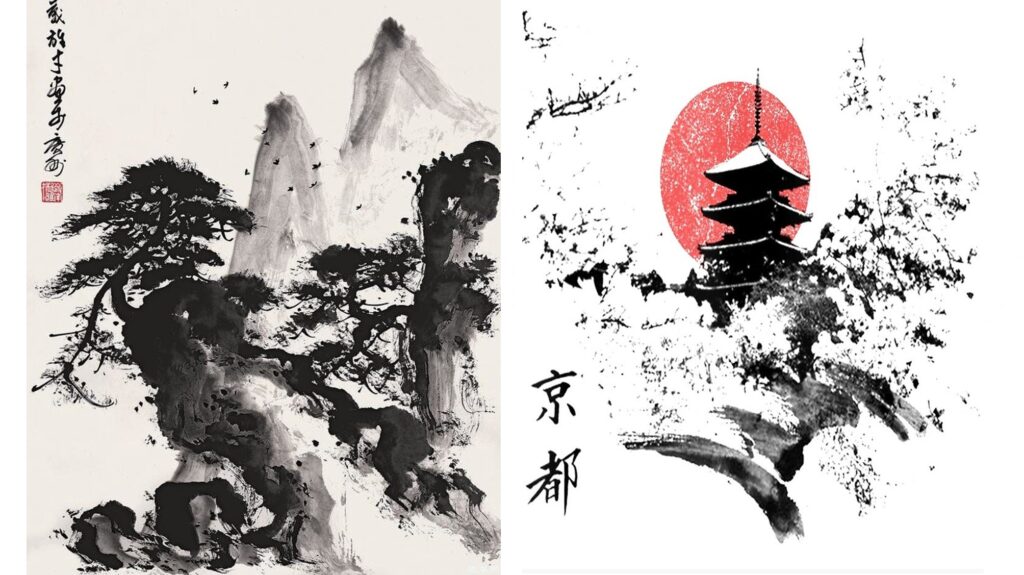
Let’s take an overview to unlock the treasure chest of Asian artists’ masterpieces…
What is Asian art?
Asian art is famous for its amazing creativity crafted in ceremonial bronzes, jade carvings, porcelain art, pottery, paintings, calligraphy, shadow puppetry, and many more. These artworks transformed into many different designs following the traditional change of eras.
Art periods like the Neolithic, Qin Era, Han Dynasty, Tang, Song, Ming, and Qing Dynasties China continued to thrive and create such creations that we still love. Traditional culture and landscapes are painted and crafted on pottery, statues, or canvas. They are classified as ancient Asian art.
The most colorful, traditional, enlightened, and exclusive artwork of the era- Asian Paintings
2 types of Asian paintings
Traditional Asian art
The historical paintings were created in the twentieth century, i.e., between 1644-1976. Those paintings were painted and carved long ago and are still showcased in museums and collectors’ antique stores to bring uncovered history back to life and tell untold stories.
Classic Chinese Art-
1. The Nymph of the Luo River by Gu Kaizhi – 1000 CE
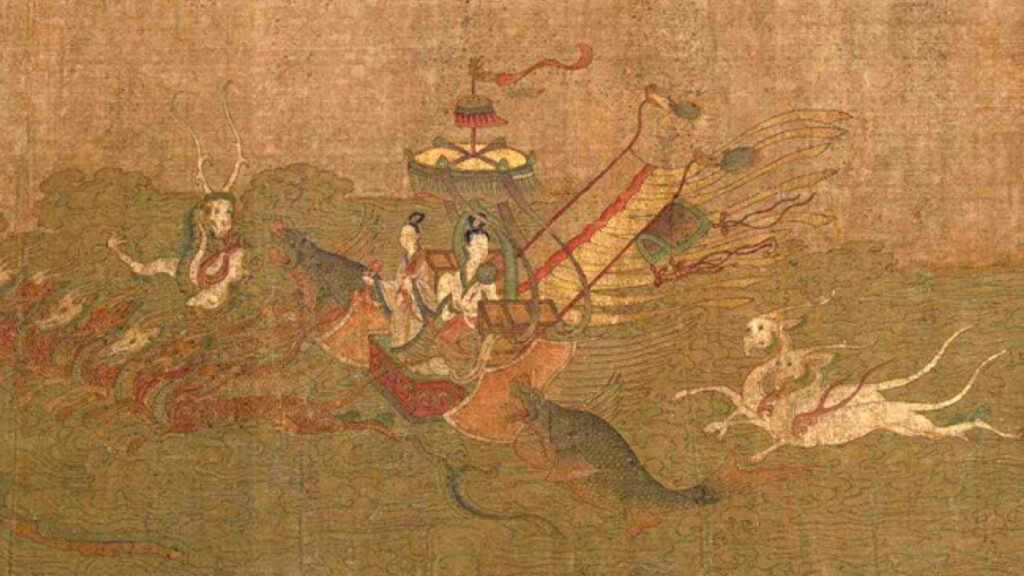
2. Travelers Among Mountains and Streams by Fan Kuan- 1000 CE
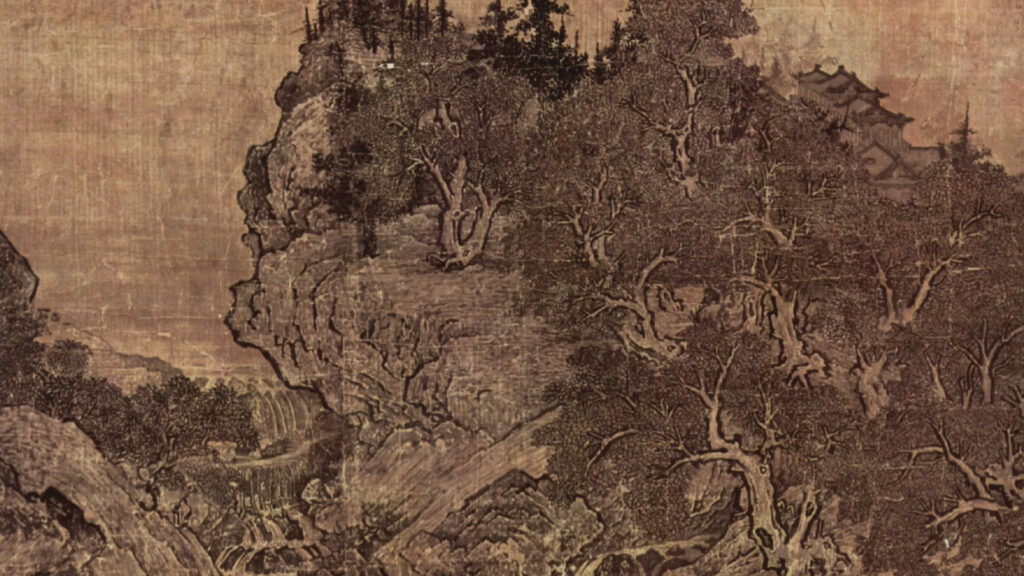
3. A Solitary Temple Amid Clearing Peaks by Li Cheng- 960 CE
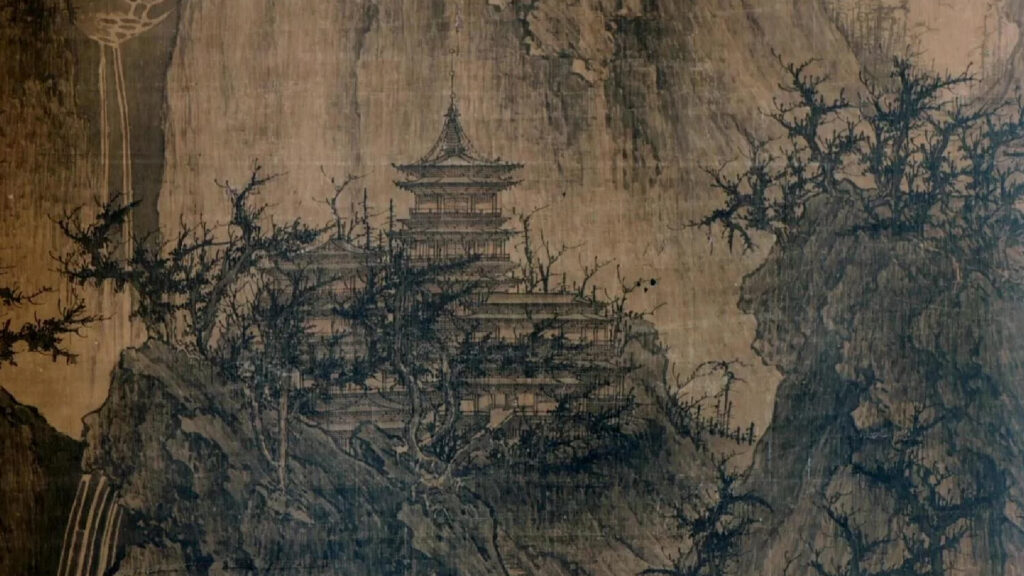
Contemporary Asian art
They are also called modern Chinese art and illustrate current global times. New artists are exploring their ideas about the present era and creating new visual languages that change according to the passing eras.
Modern Chinese Art
1. Marching on a Butterbur Leaf by Yoshitomo Nara (b. 1959)
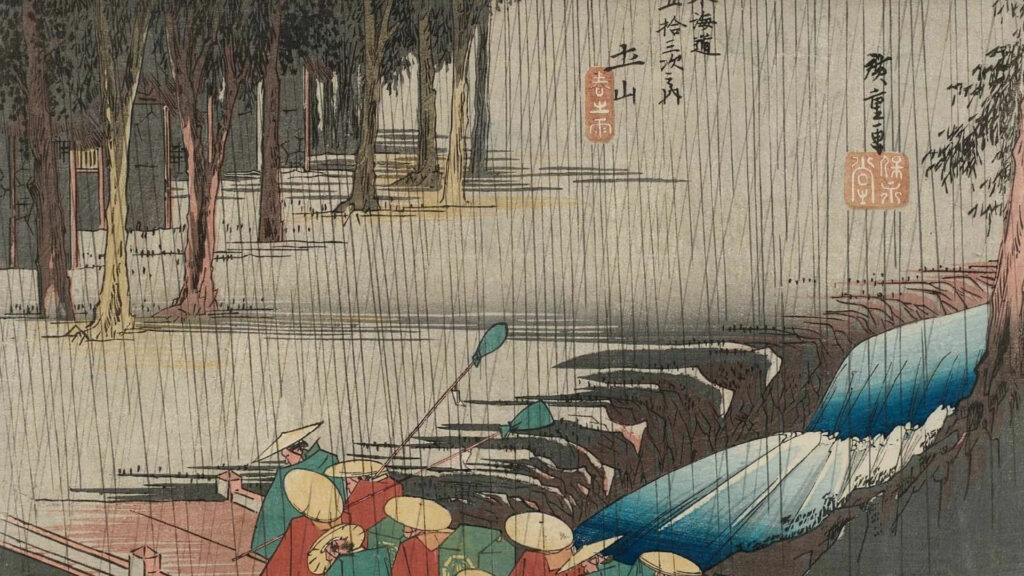
2. Rain on the Pacific by Yayoi Kusama (b. 1929)
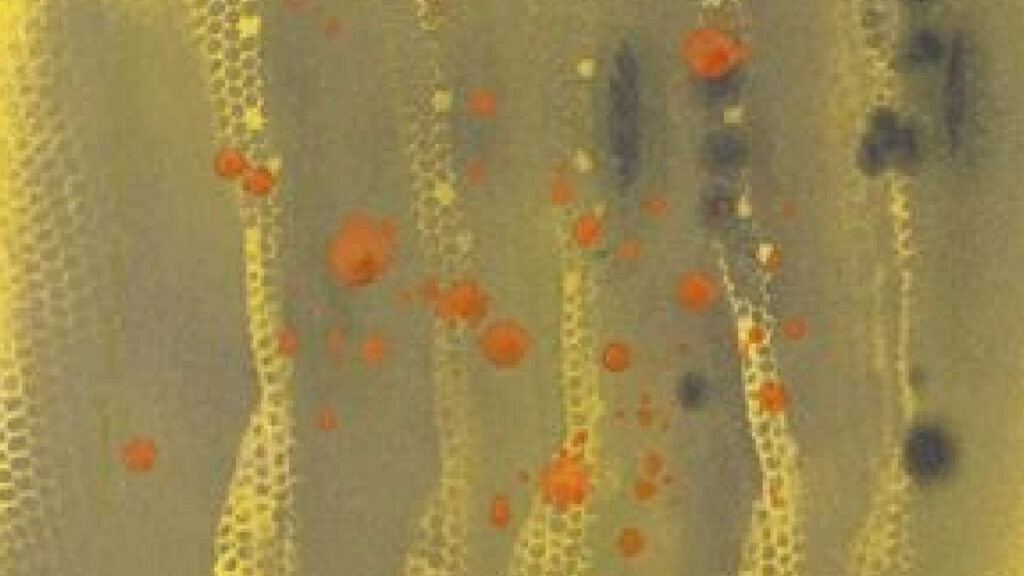
3. Embrasement (Conflagration)by Zao Wou-Ki (1920-2013)
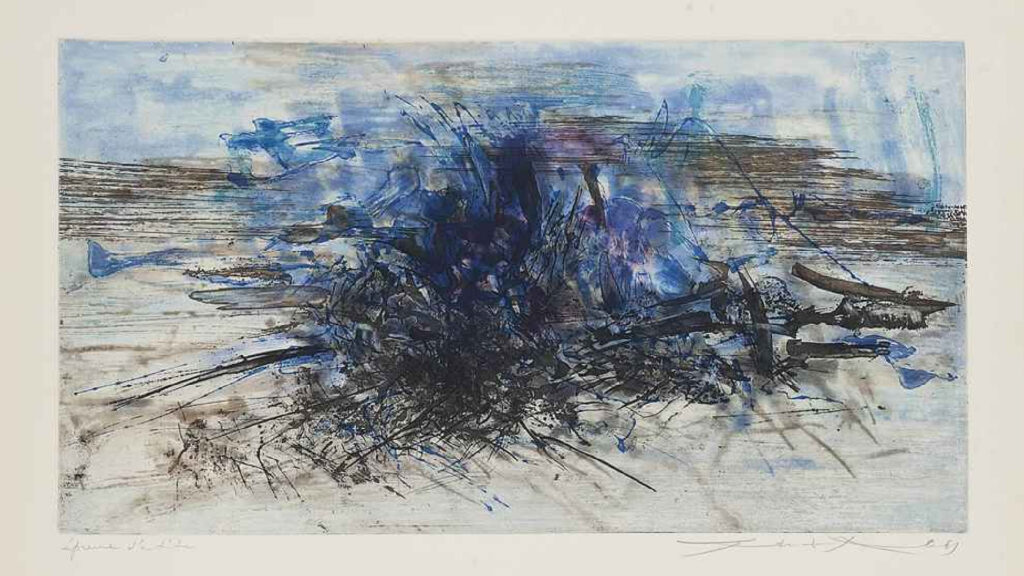
Who buys Chinese and Japanese paintings?
We at Antique Art Buyers deal with every type of artwork, including Asian paintings. We deal with antique, vintage, and estate Chinese and Japanese paintings. We also provide a FREE appraisal to determine what your artwork is, including the age, quality, originality, origin, and, most importantly, the fair value. We buy Chinese antique paintings and offer great prices for the masterpieces.
Conclusion
As the Chinese economy expanded, so did the value of ancient Chinese art. As an Asian antique appraiser, I predict that the value of these historical pieces will skyrocket in the coming years.
Additionally, it is undeniable that it will be an excellent investment whether you want to spend thousands of dollars or merely a few hundred. Thus, research and learn about what you want to collect before starting, and always buy or sell to receive a great price or artwork. No matter how much you spend on Chinese art, it is priceless to own and sell.



